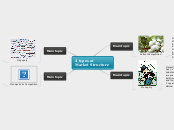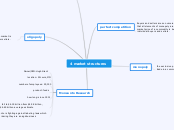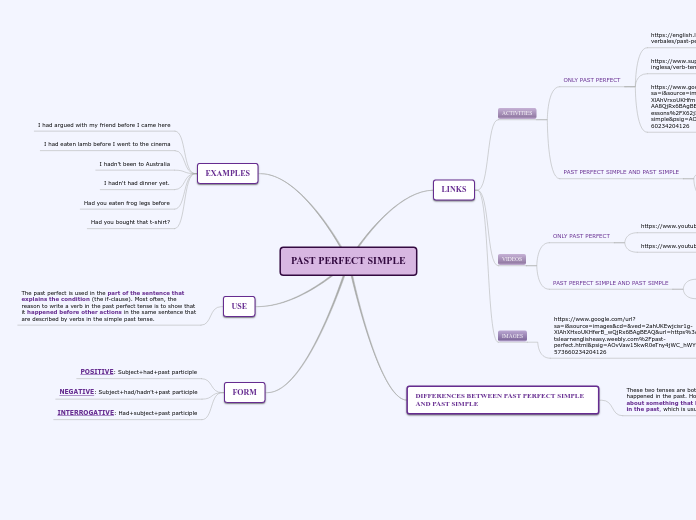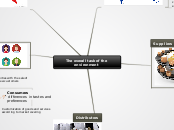da Kendal Bainbridge mancano 10 anni
549
Market Structure
In economic theory, market structures are categorized to describe the competitive environment in which businesses operate. Oligopolies consist of a small number of large firms that dominate the market, creating high entry barriers and allowing for some price control.









